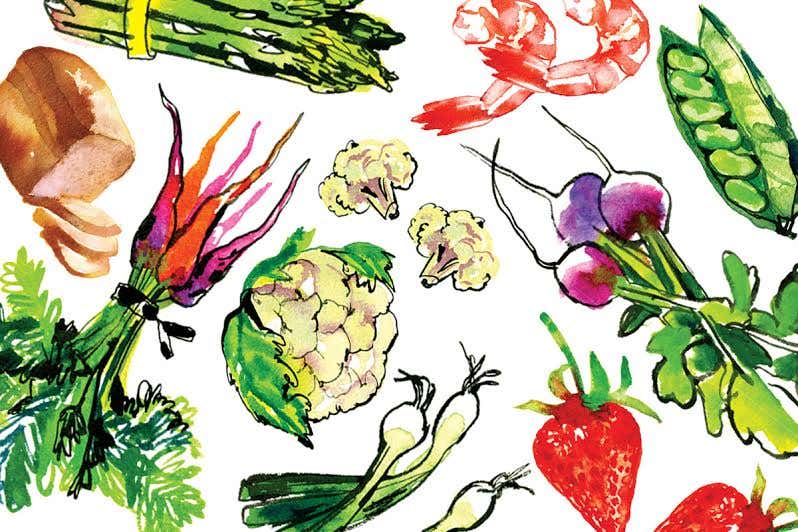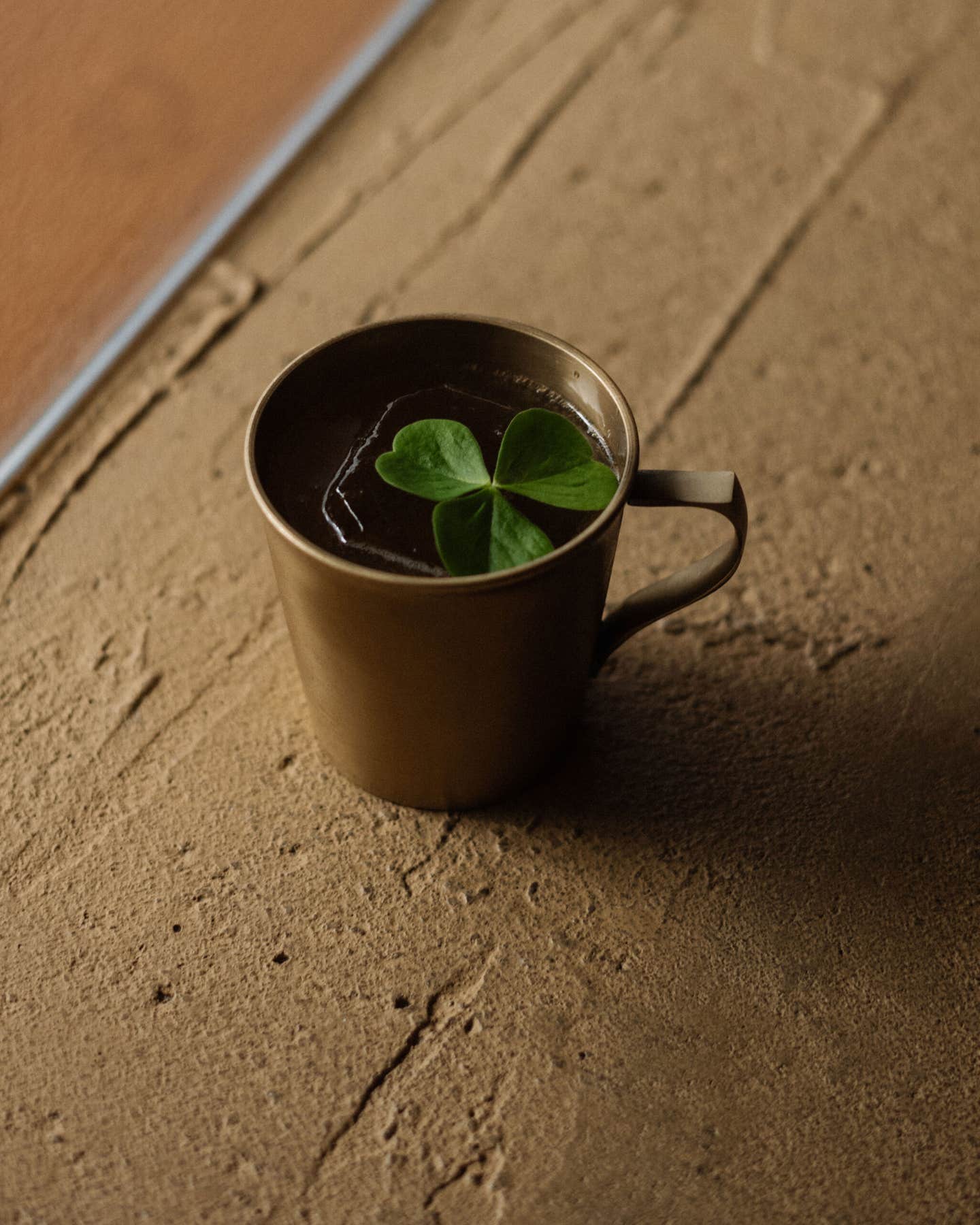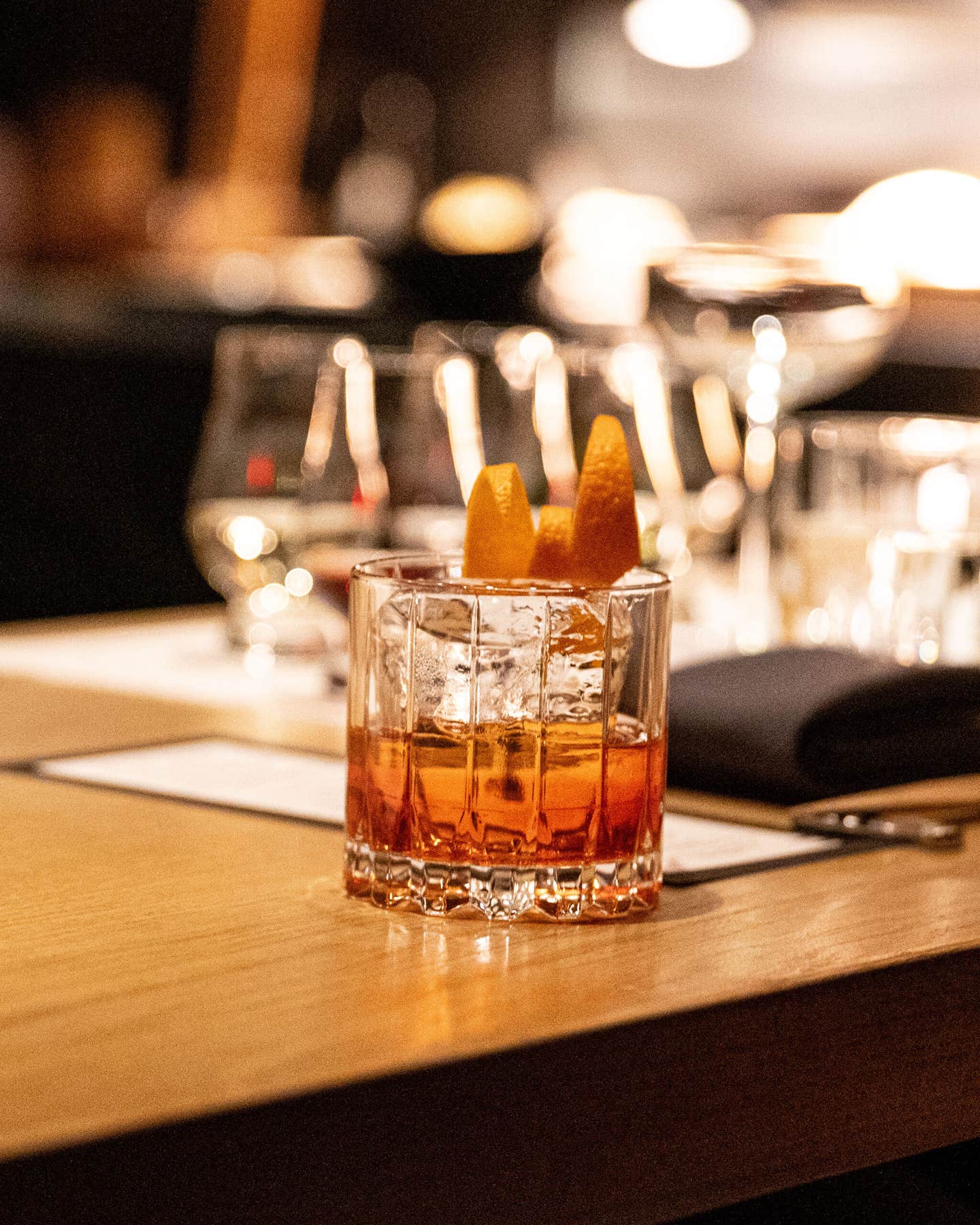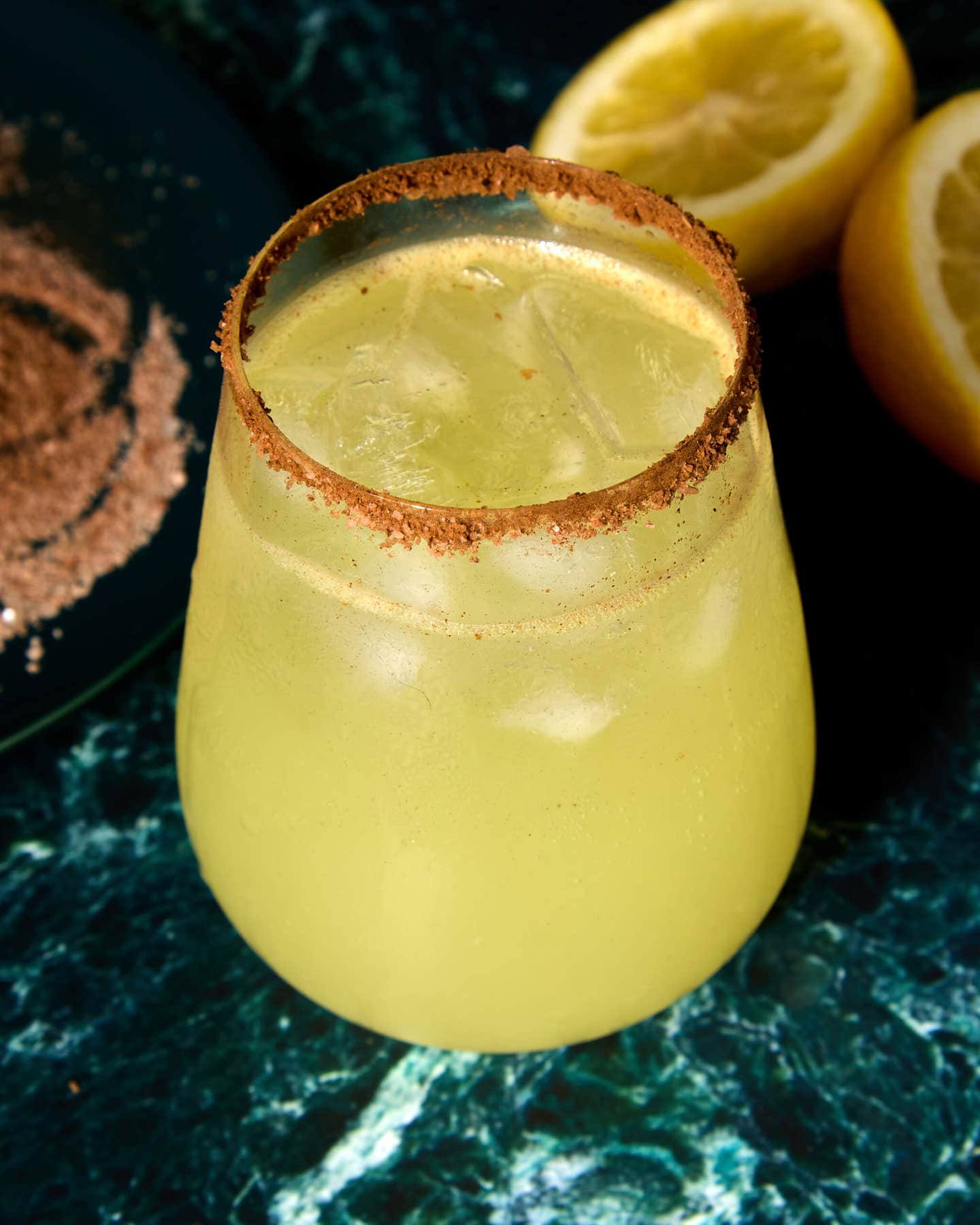
The Last Madeira Tasting
One December afternoon in 1994, I sat down in a dining room in Bel-Air, California, and sipped a wine that was made in 1856, five years before the Civil War began. Half an hour later, I tried one demijohned in 1832, the year Goethe died and Manet was born. Later still, I tasted a wine dating from 1779—the living remnants of a crop of grapes grown and harvested when Napoleon was only ten years old, Beethoven was nine, and George Washington still had 20 years to live.
All these wines, and half a dozen others of similar antiquity, were more than drinkable; some were extraordinarily good. The wines were madeira, today the least known of the world's great fortified wines (wines dosed with stronger alcohol to give them stability and added character). Port and sherry are practically household words by comparison; if madeira is known at all, it's mostly as cooking wine. Yet madeira—which comes from the Portuguese-owned island of the same name, about 400 miles west of Morocco—can be as noble as any of them, and can live on, gloriously, long after most of its cousins have turned to dishwater or gall.
I hope the event I attended in December wasn't really the last madeira tasting for me and the other participants, but it was certainly one of the last on this level. The wines were rare—there probably aren't more than six or eight bottles of some of them left in the world—and not long after the youngest of them was made, the madeira industry entered a long period of decline, so there is no continuum of such vintages. Similar wines do occasionally show up at auction today, and are sold by a handful of wine merchants, but most of them reside, sometimes forgotten, in private cellars. To taste great old madeiras, befriend a madeiraphile—for instance, the host of this particular tasting, physician and wine lover Brad Klein, who supplied one of the bottles for the event himself. Sacramento wine and food merchant (and SAVEUR consulting editor) Darrell Corti contributed another. The rest came from the dwindling collection of madeiraphile extraordinaire Roy Brady, who is sort of a reluctant cult figure in the California wine community—a man who was buying, tasting, drinking, and writing sensibly about wine when most of today's hotshot wine bozos were still working on chocolate milk.
Brady is a laconic, avuncularly curmudgeonly former systems analyst, with snow-white hair and whiskers. He has written scores of articles and scholarly papers on wine over the years, and was once the editor of a small Los Angeles-based wine magazine. But he is perhaps best known in wine circles not as a writer but as what the French would call a personnage—a "somebody". He's the guy you want to sit next to at a tasting if you really want to learn something (not that he'll make it easy); he's the guy whose dry wit—the only thing about him that is, he would probably interject—and no-nonsense assessments of wine you're likely to remember long after you've forgotten whether the pouilly was fuisse or fume.
Don't expect long-winded, flowery declamations on the subject, however. If you ask Brady why he doesn't like a wine he's just dumped from his glass, he's apt to look at you as if you'd just asked him why he doesn't like toothaches, and then say, "Because it's no damn good." If you rhapsodize about a wine's "flavors" of, say, raspberry or mint, he'll ask you "How many flavors does a raspberry have?" And this is one of his favorite jokes: "Did you hear the one about the wine writer who was so fat that when he died, they couldn't find a coffin big enough to bury him in? Well, they gave him an enema and buried him in a shoe box."
Though he'll probably consider this libelous, Brady is the closest thing I have to a wine mentor. At countless meals and wine events over the years, he has taught me (by example, not pedagogy) to judge a wine by what it smells and tastes like, not by my expectations for it or by what the label says—and then to keep my mouth shut about my judgment unless I have something intelligent to say. This is much more difficult, and much less common—even (or maybe especially) among professionals—than you might think.
There is a certain irony involved in Brady's love for madeira, because another of his trademarks is that he doesn't much like old wine in general. Once, he even wrote an article (later expanded into a limited-edition book) called "Old Wine, Fine Wine?" in which that rhetorical question was pretty plainly answered in the negative. But for madeira he makes an exception.
At its best, madeira ages better than probably any other wine type in the world, developing a hint of pleasant sourness balanced by a dried-fruit sweetness, an almost oily texture, and a haunting aftertaste that sometimes seems half caramel and half green grapes. It is the quintessential vin de contemplation—a wine to sip, consider, muse over. Even a curmudgeon has to admit that—though this particular one would never say so in such flowery terms.
"I had my first great madeira," Brady recalls, "in [wine merchant] Fred Burka's office in Washington, D.C., in 1953. It was a Blackburn's Malmsey from the early 19th century. I'd had some ordinary madeiras earlier, and this was so different from any of them that I didn't know what to think. It was just overpowering in character, and it puzzled me for quite awhile." Brady bought a bottle anyway, and tried it again six years later. By then, he says, he'd learned enough to realize what a treasure it was, and he immediately called Burka to see if he had more. There was one left, so he bought that—and then started seeking out other good madeiras. "I must have bought about 600 bottles in all," he estimates. "I now have about a dozen left. I was much too generous. It must be my kindly nature."
Brady brought that last bottle of Blackburn's Malmsey to our tasting. First, though, we had five other wines from his cellar: a Boal 1856 from Shortridge, Lawton (very rare, since little madeira was made between 1852 and 1859 due to an onset of oidium, or powdery mildew), remarkably rich and warm, with a minty nose and a viscous, earthy character in the mouth; an austere, alcoholic Tinta 1883 from Avery, which nonetheless lingered on the palate; a similarly austere Terrantez 1898 (which may have been an 1862 Terrantez with some 1898 verdelho added; the madeira business could get byzantine); an amazingly lively Terrantez 1862 from Blandy, with a nicely sourish green-grape aroma and a hint of iodine in the flavor; and a wonderful Terrantez 1846 from Cossart, Gordon, with a rich, grapey aroma and a seductive hint of sweetness to balance its acidity.
Then came the Blackburn's Malmsey. It was remarkable, with a Christmas-spice aroma, and a figgy, almost chocolatey intensity offset by surprising dryness (malmsey is usually the sweetest of madeiras). It was nectarous and exotic at the same time, and truly memorable.
Our last three wines were a curious, undated early 19th-century Watts madeira supplied by Darrell Corti, the lightest in color and the oldest in taste of any of the wines we tried, with an aroma that suggested leather and tobacco; an excellent Madeira 1790 from Branco, with a generous aroma and a spicy, almost lemony flavor; and—our host's contribution—a Verdelho 1779, shipper unspecified. This again was very good, dry but with some real taste of fruit surviving—after two centuries!—and an ethereal finish that suggested fine old rum or brandy. Drinking it seemed almost poignant.
"We have so very little tactile experience of the past," says Brady, "but old madeiras are a direct, literal connection to it. History is always an important part of enjoying these wines." Then he adds "But they taste mighty good, too."
Keep Reading
Continue to Next Story










